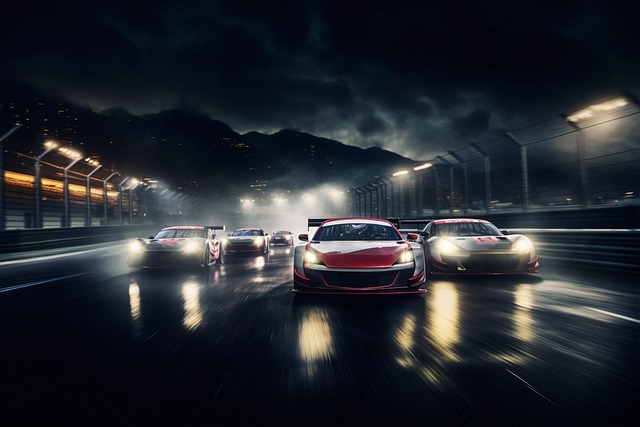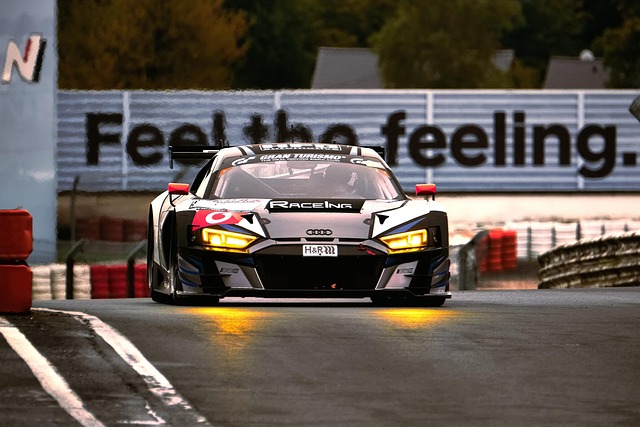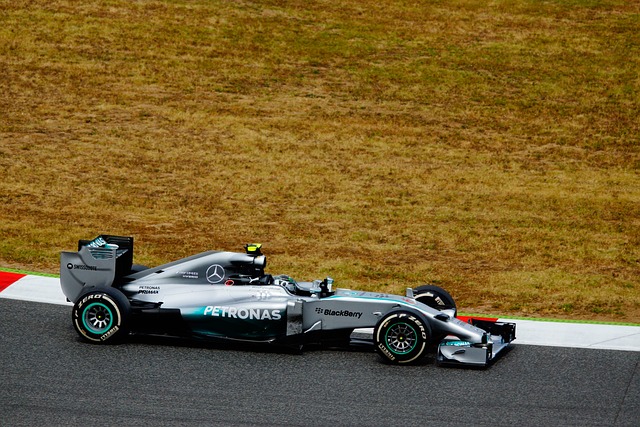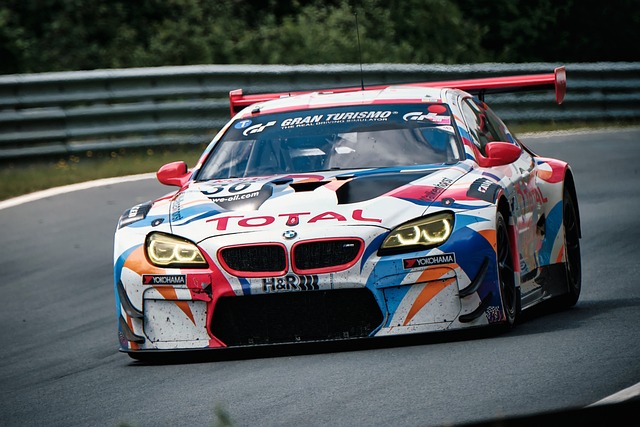Select Street Racing, born in the 1960s and 70s, has evolved from local automotive gatherings into a global phenomenon. This vibrant subculture attracts participants from diverse backgrounds, showcasing speed, community, creativity, and car tuning prowess through organized events and international competitions. The thrill factor of navigating high-speed twists underlines its appeal to drivers and spectators alike, but legal considerations and safety protocols are crucial for its longevity, ensuring responsible practices while adhering to the law.
“Unleash the revs and prepare to explore the exhilarating world of vibrant street racing culture. This global phenomenon, born from local gatherings, has evolved into a captivating spectacle that draws enthusiasts worldwide. From its humble beginnings to today’s high-octane events, select street racing captivates drivers and spectators alike with its raw speed and thrill. However, this dynamic culture must navigate legalities and safety concerns to ensure its longevity and embrace a balanced approach.”
- The History and Evolution of Street Racing: From Local Gatherings to Global Phenomena
- The Appeal and Risks: Why Drivers and Spectators Alike Are Drawn to the Thrill
- Navigating Legalities and Safety Concerns: A Balancing Act for a Thriving Street Racing Culture
The History and Evolution of Street Racing: From Local Gatherings to Global Phenomena

Street racing has evolved from local gatherings of automotive enthusiasts to a global phenomenon, capturing the hearts of many. Its roots can be traced back to the 1960s and 70s when young car lovers would gather on closed-off streets or remote locations to showcase their modified vehicles and compete in informal races. These early meetings laid the foundation for what would become a vibrant subculture, driven by passion for speed and the desire to push the boundaries of high-performance cars.
Over time, street racing gained popularity, leading to organized events and car meets that attracted participants from diverse backgrounds. The rise of corporate car racing further fueled this trend, as automotive manufacturers sought to promote their brands and showcase cutting-edge technologies. As the sport grew, so did its reach; international street racing events now draw spectators from around the world, celebrating not just speed but also community, creativity, and the art of tuning and modification.
The Appeal and Risks: Why Drivers and Spectators Alike Are Drawn to the Thrill

The allure of street racing lies in its raw, unadulterated thrill factor. For drivers, it’s a chance to push their cars and skills to the limit, navigating twists and turns at speeds that send adrenaline surging. The rush of wind, the roar of engines, and the camaraderie among fellow racers create an unparalleled sense of exhilaration. Spectators are drawn to the same sensation, witnessing record-breaking vehicles blur past in a spectacle of power and precision during street racing events.
The risks inherent in this extreme sport add another layer of intensity. The thrill-seekers who participate in private driving events embrace the danger, seeing it as part of the allure rather than a deterrent. Spectators, too, are captivated by the daring maneuvers, the sight of tires scorching asphalt, and the sound of engines revving to their limits. This vibrant street racing culture is not for the faint-hearted, but for those who seek an adrenaline rush like no other.
Navigating Legalities and Safety Concerns: A Balancing Act for a Thriving Street Racing Culture

Navigating Legalities and Safety Concerns is a delicate balancing act for any thriving street racing culture. While the allure of high-performance cars and adrenaline-pumping speed cannot be understated, the legal implications of racing on public roads are serious. The legal implications of racing can result in significant penalties, including fines, license suspensions, or even jail time. Moreover, the risks to safety cannot be ignored; unpredictable outcomes, lack of control, and potential collisions pose substantial hazards to participants and bystanders alike.
To foster a sustainable street racing culture, organizers must prioritize responsible practices. This includes promoting team building races as alternatives to dangerous public events, encouraging participation in designated high-performance car meetups, and emphasizing safety protocols to all drivers. By addressing these legal and safety concerns proactively, the community can ensure that its passion for street racing remains vibrant while upholding the law and protecting lives.
The vibrant street racing culture, as evidenced by its global appeal, is more than just a thrill-seeking activity; it’s a dynamic blend of history, risk, and community. As we’ve explored, from local gatherings to international events, select street racing has evolved significantly. Its allure lies in the rush of speed and the unique bond it fosters among drivers and spectators alike. However, navigating legalities and safety concerns is crucial for its longevity. By striking a balance between passion and responsibility, street racing can continue to thrive as a thrilling yet controlled phenomenon, ensuring a future where both drivers and bystanders can safely enjoy this extraordinary culture.



